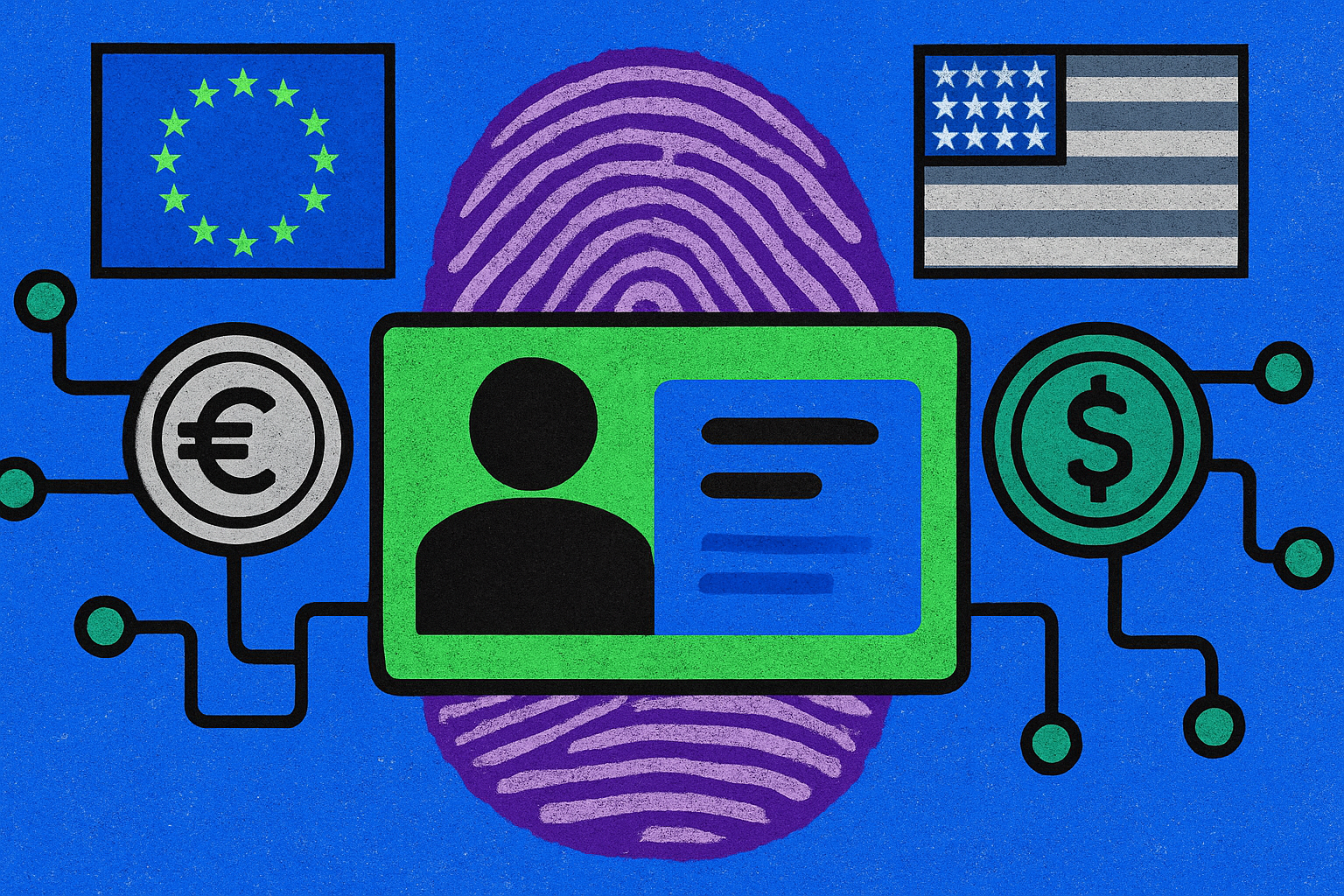
The U. S. digital asset landscape shifted dramatically with the passage of the GENIUS Act of 2025, a law that sets out to harmonize stablecoin regulation and clarify federal oversight. For merchants and issuers, the new statute is more than a compliance checklist; it is a blueprint for operational resilience in an industry where regulatory clarity has often lagged behind innovation. As stablecoins mature from speculative instruments into mainstream payment rails, understanding how GENIUS reshapes the rules of engagement is now essential for every participant in the U. S. ecosystem.

GENIUS Act 2025: Key Compliance Shifts for Stablecoin Issuers
At the heart of the GENIUS Act is a rigorous framework for permitted payment stablecoin issuers (PPSIs). Only select entities can now issue stablecoins in the United States, including subsidiaries of insured depository institutions, OCC-supervised nonbank institutions, or state-chartered entities meeting substantially similar standards. Non-financial firms are effectively sidelined unless cleared by unanimous vote from the Stablecoin Certification Review Committee (SCRC), raising both barriers and expectations around market entry.
Reserve requirements have become non-negotiable. PPSIs must maintain reserves on at least a 1: 1 basis with outstanding stablecoins, using only highly liquid assets such as U. S. currency, Federal Reserve deposits, Treasury bills, and certain money market funds. This move targets systemic risk and aims to fortify user confidence by ensuring every digital dollar is backed by tangible value.
Transparency is no longer optional. Monthly public disclosures must detail not only the total number of outstanding stablecoins but also an itemized breakdown of reserve composition. These reports are designed to empower users and regulators alike with real-time insight into issuer solvency, an approach that echoes best practices seen in global financial regulation.
Merchant Responsibilities: From Due Diligence to Transaction Monitoring
The ripple effects extend well beyond issuers; any merchant accepting stablecoins must now navigate heightened scrutiny around source-of-funds and transaction legitimacy. Accepting only GENIUS-compliant coins is not just prudent, it’s foundational to avoiding legal exposure as federal authorities ramp up enforcement efforts.
Transaction monitoring systems are fast becoming standard practice for merchants dealing in digital assets. By aligning with AML and sanctions screening protocols, mirroring those required of issuers, merchants can demonstrate proactive risk management should regulators come knocking.
Federal Preemption and Regulatory Clarity
One of the most consequential aspects for both issuers and merchants is federal preemption. The GENIUS Act overrides many state licensing regimes, establishing two clear categories of PPSIs that enjoy uniform treatment across all states. This eliminates much of the patchwork uncertainty that previously hampered cross-border commerce within the U. S. , making it easier for compliant actors to scale operations nationwide without navigating divergent local rules.
The statute also draws sharp boundaries between what constitutes a “security” or “commodity” versus a payment stablecoin, removing ambiguity that once exposed issuers to overlapping regulatory regimes or enforcement actions from multiple agencies.
Why This Matters for Global Stablecoin Markets
The GENIUS Act’s alignment with international standards signals an intent not just to regulate but also to lead on digital asset policy globally. By requiring foreign-issued coins traded in U. S. markets to meet comparable regulatory criteria, Congress has set a high bar for cross-border interoperability, and positioned American compliance frameworks as potential templates abroad.
This new regulatory clarity is already shifting how global stablecoin projects approach the U. S. market. Foreign issuers now face a binary choice: adapt to GENIUS-level transparency and reserve standards, or risk exclusion from the world’s deepest capital markets. For multinational merchants and payment processors, this means re-evaluating which digital dollars are safe to hold on their books, and which may soon be delisted from major U. S. -based exchanges.
On the compliance front, both issuers and merchants are being nudged toward more mature governance structures. The requirement for robust anti-money laundering (AML) and sanctions controls is no longer a check-the-box exercise, it is a continuous obligation with teeth. Failure to maintain effective monitoring or to remediate suspicious activity could result in swift enforcement, hefty penalties, or even criminal liability.
For legal teams and compliance officers, the operational implications are profound:
- Vendor management must now include checks that payment partners only support GENIUS-compliant stablecoins.
- Staff training on KYC/AML protocols should be updated for digital asset flows.
- Incident response plans need clear escalation paths for flagged transactions in stablecoins.
The upshot? The GENIUS Act is not just another layer of red tape; it is an inflection point that could finally unlock mainstream adoption of stablecoins as trusted payment instruments, provided stakeholders rise to the challenge of real-time compliance.
Strategic Considerations for Industry Stakeholders
The path forward requires more than technical upgrades, it demands strategic adaptation. Issuers must invest in audit-grade reserve management systems and transparent reporting pipelines. Merchants should consider integrating automated transaction screening tools that flag non-compliant coins before settlement occurs. Legal professionals will need to monitor ongoing regulatory updates as rulemaking proceeds and enforcement precedents emerge throughout 2025 and beyond.
For those seeking deeper analysis of compliance architecture or sector-specific impacts (including DeFi platforms and banks), see our full breakdown at GENIUS Act 2025: How the New US Stablecoin Law Impacts Issuers, Banks, and DeFi.
The GENIUS Act’s greatest legacy may be its role in transforming stablecoins from regulatory gray area into a pillar of transparent digital finance, one where U. S. leadership sets the tone for global adoption cycles.




